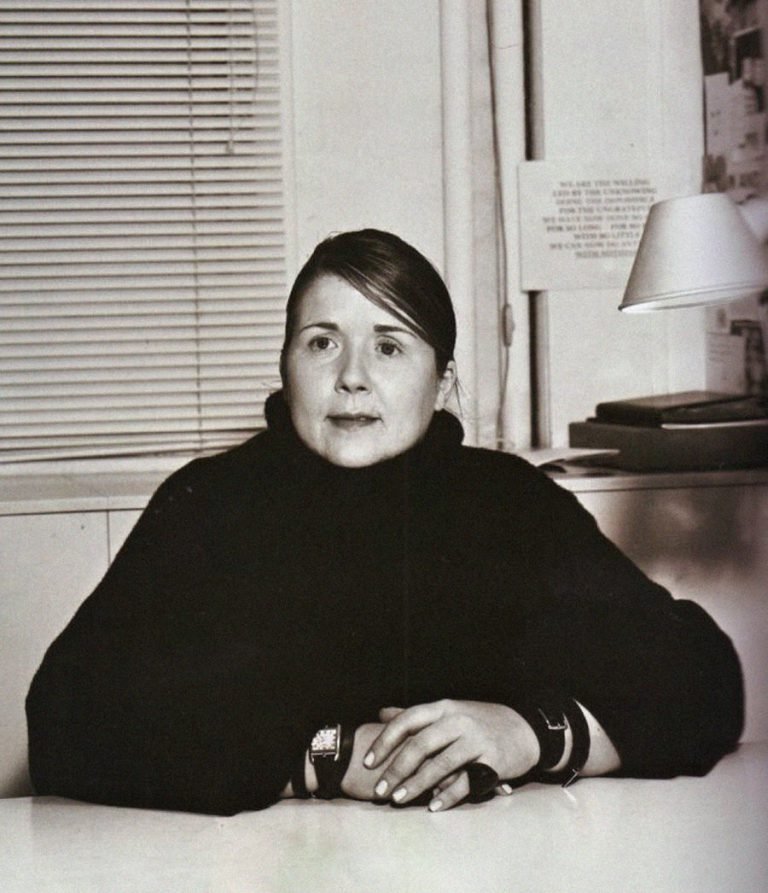“The difference between that and copying is that when you reference you give a credit.” – Judith Watt
“There’s been a blood sport going on with Diet Prada, in calling out and cancelling,” Watt told Mitrofanov and their virtual audience, made up of a mix of industry professionals, UAL alumni and Watt’s ever eager 1st and 2nd-year students. “Referencing is much more complex, it’s a much newer word,” Watt stressed. “It can mean a lot of things, the difference between that and copying is that when you reference you give a credit.”
The lecture went straight into a recent case study for referencing vs copying; JW Anderson and Oscar Wilde. “It’s denigration and a hook for doing something,” Watt stated, in response to the designer’s recent capsule collection which supposedly paid homage to the queer icon through intarsia floral knitwear, straw bucket hats, and oversized t-shirts emblazoned with Wilde’s handwriting. “He wrongly claims Oscar Wilde was Northern Irish,” Watt continued on her takedown, identifying the subtle way Anderson credits himself with Wilde’s work and persona whilst touching on the collection’s release coinciding with world AIDS day. “Everyone in fashion wants to be an intellectual now,” she explained, categorising the collection as an example that exceeds the notion of inspiration.





















